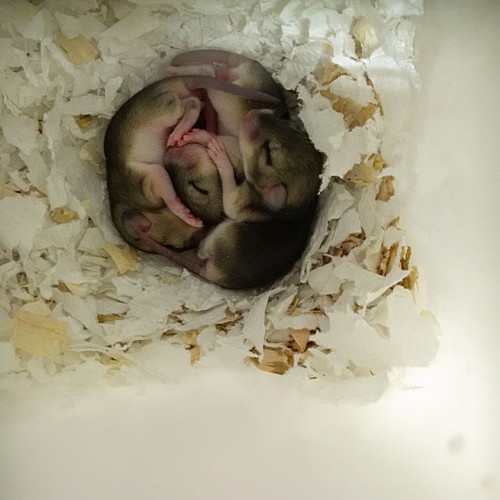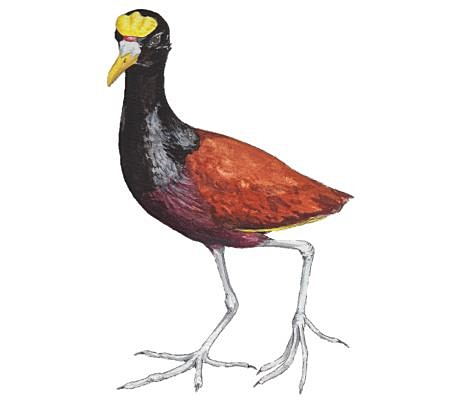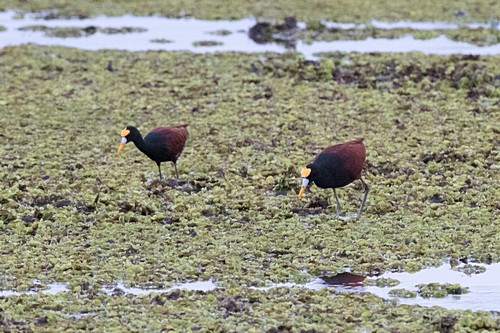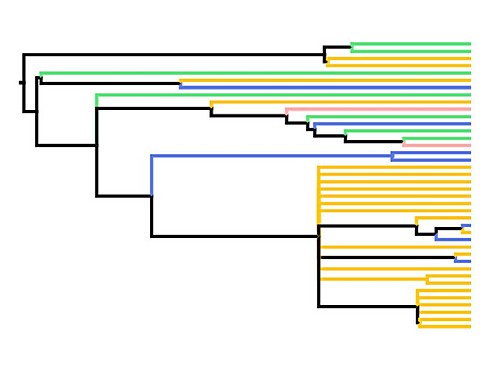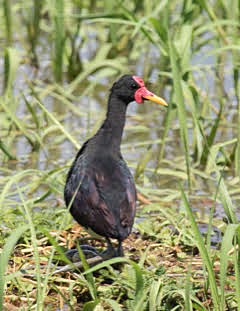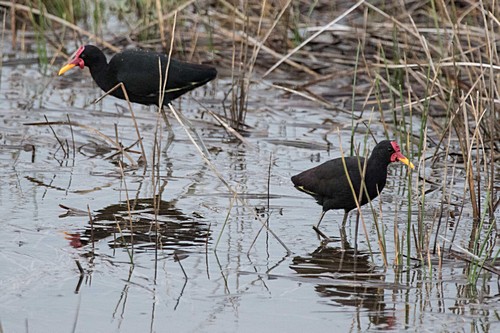SICB Annual Meeting 2020
January 3-7, 2020
Austin, TX
Symposium S4: Reproduction: the Female Perspective from an Integrative and Comparative Framework
In the context of natural and sexual selection, anatomical, physiological, and behavioral systems have been molded by the constraints of reproduction. Yet by focusing on males or non-reproductive females, many anatomical and physiological studies treat reproduction as secondary to all other bodily processes. However, in many organisms, much of the energetic, nutritional, and temporal investment in reproduction is done by females. Thus, to more fully understand physiological processes we must more thoroughly understand the biology of reproductive females and improve how researchers take female reproduction into consideration. We draw together a group of biologists who study divergent taxa and use diverse methods to explore how our understanding of reproduction changes when focusing through a lens in which the female takes center stage.
Reproduction is interactive
A major difference between reproduction and other physiological systems is that reproduction usually requires the interaction of at least 2 individuals (females with males and/or with progeny). Females are nearly always the highly investing sex and thereby key for all of these interactions. Thus, reproductive systems and reproductive processes often revolve around the biology of females. This symposium will focus on theoretical and mechanistic aspects of reproduction in females across taxa and topics. By understanding female biology we can better understand the major evolutionary drivers for anatomical, physiological, behavioral, and phylogenetic changes.
Reproduction is integrative
Morphological and physiological features are often broken into functional categories, such as respiration, circulation, digestion, or reproduction. However, these categories are not exclusive as they must interact to yield the emergent properties of complex phenotypes such as viviparity or oviparity. Take birth in mammals as an example. Normally, the diaphragm is essential for day to day respiration, but it is also a crucial ‘bearing down’ muscle during labor. The circulatory system is also involved at birth and is completely disrupted when the maternal contact with the placenta is broken. Thus, birth directly involves the respiratory, nervous, circulatory, and muscular systems (among others), not just the reproductive system. In short, reproduction alters the physiological processes of the entire body, not just the dynamics of the ovaries, uterus, and mammary glands. Studying reproduction by way of an integrative approach allows us to more deeply investigate the myriad changes occurring throughout the animal’s body during reproduction and through evolutionary time.
Reproduction is key to natural selection
Survival as a metric of natural selection is only important if reproduction ensues. Consequently, reproduction is primary for selection; other facets of physiology are largely secondary. Physiological function must be molded to the needs of reproduction. Selection on physiological function is strongest on reproductive females, less so on offspring and males. For this reason, ignoring the reproductive state of a female when studying respiration, digestion, metabolism, or circulation (etc.) severely limits the depth of understanding how these systems are integrated into female lives and work together. Indeed, despite its neglect in many studies, reproduction is not peripheral to how the body functions but rather central to physiological integration. One aim of this symposium is to explore taxonomic diversity in female biology and the consequences of taxonomic variations in female biology.
Reproductive biology has suffered from terminology issues
As a group we will engage the theoretical and practical ways in which focusing on female biology can alter our understanding of functional morphology, physiological mechanisms, and behavioral patterns. This is key because historically much of the field has been largely focused on a male-active/female-inactive paradigm. Examples include sperm as driving “fertilization” by swimming to the “egg” in an inert female reproductive tract, sex ‘role-reversals’ such as in seahorses, and the ‘pseudopenis’ as described in the spotted hyena.
Reproduction: the Female Perspective from an Integrative and Comparative Framework
This symposium continues SICB’s long history of facilitating interdisciplinary communication about topical and forward-looking research. Together with the complementary sessions and other conference attendees this symposium will generate new ideas and prospects for future research in female reproduction and enable collaborations across divergent fields.
Sponsors: SICB Co-Sponsoring Divisions: DAB, DCE, DCPB, DEDB, DEE, DEDE, DNNSB, DPCB, DVM
AMS
Organizers
- Virginia Hayssen
- Teri Orr
Speakers
S4-1 Sunday, Jan. 5, 07:45 ORR, TJ*; HAYSSEN, V:
Introduction
S4-2 Sunday, Jan. 5, 08:00 HAYSSEN, V:
Misconceptions about Conception and Other Fallacies: Historical Bias in Reproductive Biology
S4-3 Sunday, Jan. 5, 08:30 HOOK, KA*; FISHER, HS:
The importance of female reproductive traits: from mice to seed beetles
S4-4 Sunday, Jan. 5, 09:00 SIROT, L.K.:
Opportunities for Female Modulation of Seminal Fluid Molecules
S4-5 Sunday, Jan. 5, 10:00 WOLFNER, MF:
The female side of the male x female interactions that modulate sperm competition and reproduction
S4-6 Sunday, Jan. 5, 10:30 LIPSHUTZ, SE*; ROSVALL, KA:
Neuroendocrinology of sex-role reversal
S4-7 Sunday, Jan. 5, 11:00 KARACHIWALLA, Z; DECARVALHO, T; BURNS, M*:
Spermathecal Variation By Mating System in Temperate Harvestmen
S4-8 Sunday, Jan. 5, 11:30 KIMMITT, AA*; SINKIEWICZ, DM; KETTERSON, ED:
Female Songbirds that Differ in Migratory Strategy Also Differ in Neuroendocrine Measures in Early Spring
S4-9 Sunday, Jan. 5, 13:30 HOLEKAMP, K. E.*; MONTGOMERY, T. M.; STRAUSS, E. D.:
Social competition and cooperation affect reproductive success of female spotted hyenas
S4-10 Sunday, Jan. 5, 14:00 LYNCH, KS*; RYAN, MJ:
Social Regulation of Hormones and the Implications for Female Mate Choice
S4-11 Sunday, Jan. 5, 14:30 HAWKES, K:
The centrality of grandmothers in human evolution
S4-12 Sunday, Jan. 5, 15:00 ORR, TJ*; HAYSSEN, V:
Where now? Future directions in reproductive biology framed by the female perspective
S4-13 Sunday, Jan. 5, 15:30 ORR, TJ:
Round Table Discussion for Reproduction: the Female Perspective from an Integrative and Comparative Framework
